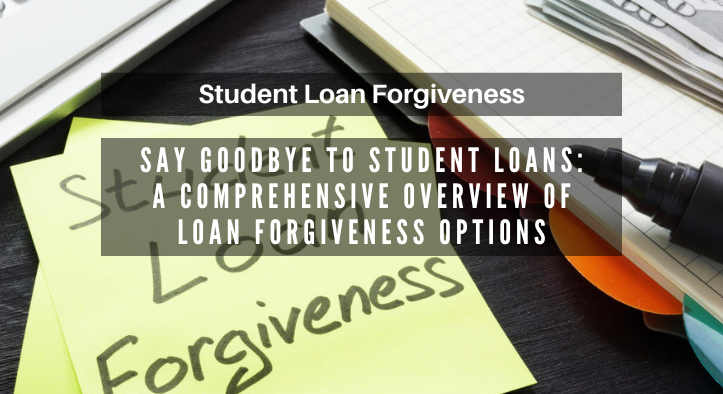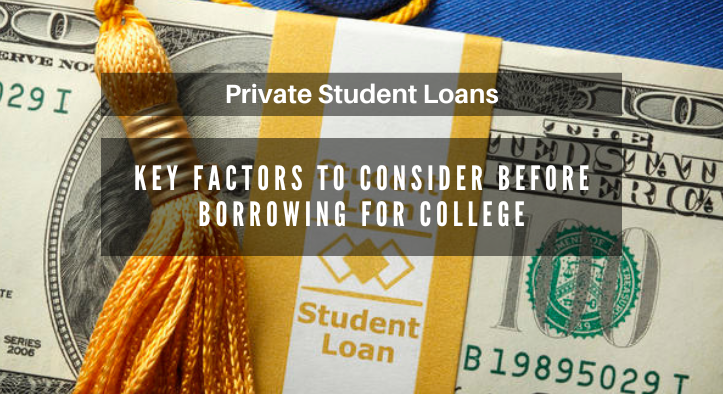Say Goodbye to Student Loans: A Comprehensive Overview of Loan Forgiveness Options

Say Goodbye to Student Loans: A Comprehensive Overview of Loan Forgiveness Options
Student loan debt is a major financial burden for many college graduates. According to the Federal Reserve, Americans owe over $1.6 trillion in student loan debt. Fortunately, there are several loan forgiveness options available to help borrowers manage their debt. This article provides a comprehensive overview of the various loan forgiveness options available to borrowers.
What is Loan Forgiveness?
Loan forgiveness is a process in which a borrower’s remaining loan balance is forgiven or cancelled. This can be done through a variety of programs, such as income-driven repayment plans, public service loan forgiveness, and loan consolidation.
Income-Driven Repayment Plans
Income-driven repayment plans are designed to help borrowers manage their student loan debt by reducing their monthly payments. These plans are based on the borrower’s income and family size. The most common income-driven repayment plans are:
- Income-Based Repayment (IBR): This plan caps monthly payments at 10-15% of the borrower’s discretionary income. After 20-25 years of payments, any remaining balance is forgiven.
- Pay As You Earn (PAYE): This plan caps monthly payments at 10% of the borrower’s discretionary income. After 20 years of payments, any remaining balance is forgiven.
- Revised Pay As You Earn (REPAYE): This plan caps monthly payments at 10% of the borrower’s discretionary income. After 20-25 years of payments, any remaining balance is forgiven.
Public Service Loan Forgiveness
Public Service Loan Forgiveness (PSLF) is a program designed to help borrowers who work in public service jobs. To qualify for PSLF, borrowers must make 120 qualifying payments while working full-time for a qualifying employer. After making the required payments, any remaining balance is forgiven.
Loan Consolidation
Loan consolidation is another option for borrowers looking to manage their student loan debt. This process involves combining multiple loans into one loan with a single monthly payment. Loan consolidation can help borrowers reduce their monthly payments and potentially qualify for other loan forgiveness programs.
Conclusion
Student loan debt can be a major financial burden for many college graduates. Fortunately, there are several loan forgiveness options available to help borrowers manage their debt. These options include income-driven repayment plans, public service loan forgiveness, and loan consolidation. By taking advantage of these options, borrowers can reduce their monthly payments and potentially have their remaining loan balance forgiven.
